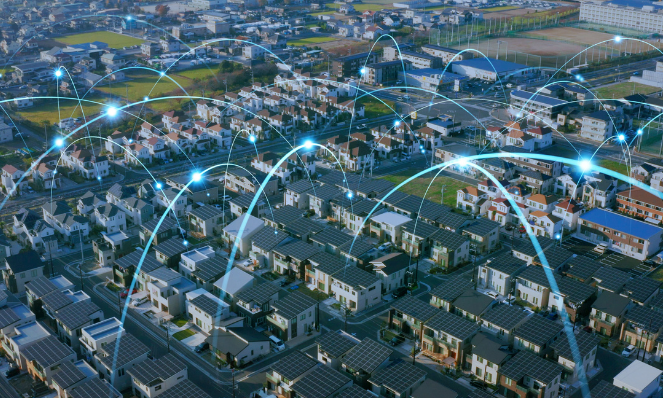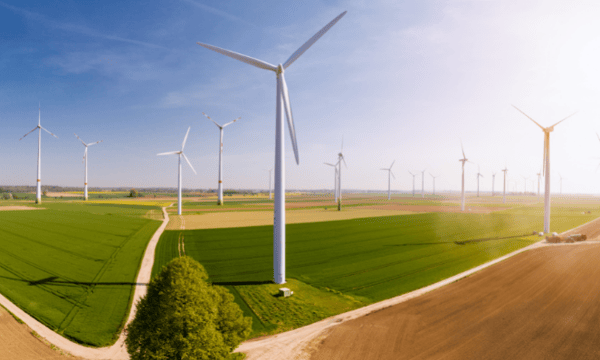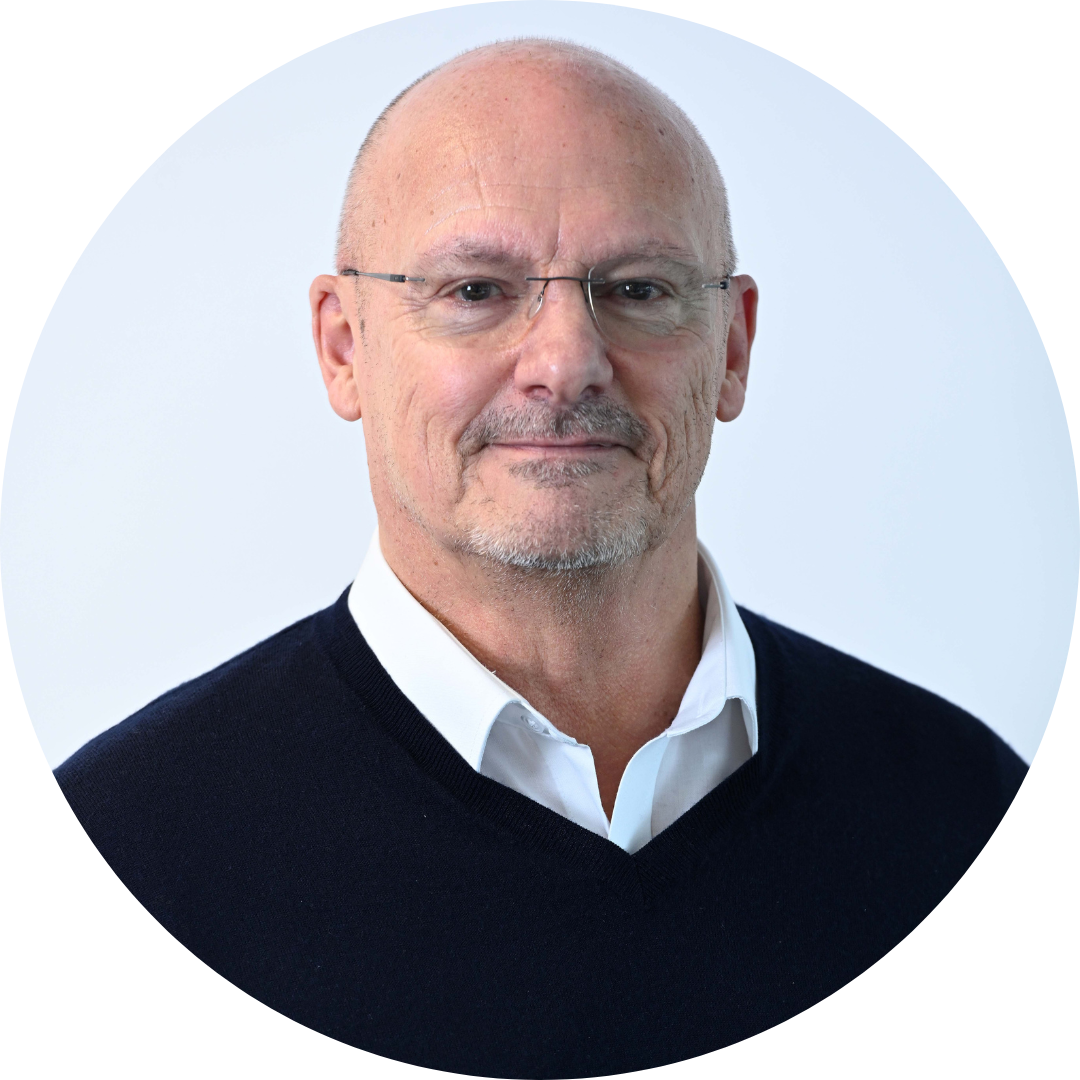
When it comes to using our energy more responsibly, it isn’t just about using less energy; it is just as important to consider when we use energy!
If you have been part of our community for a while or follow us on Facebook, Instagram or Twitter, you may have heard us talk about how the Equiwatt community acts as a virtual powerplant providing ‘flexibility’ to the grid through a form of ‘demand side response’ (DSR).
But what does it all mean and why is it something that we care so deeply about? Well, hopefully, this post will help answer those questions!
What is Flexibility?
Before we can get into why flexibility is important, it is worth explaining what we actually mean by it. We obviously aren’t talking about being able to bend over and touch your toes, although I am sure a lot of us wish we could still do that! So what do we mean? Ofgem (the Office of Gas and Electricity Markets) defines flexibility as ‘modifying generation and/or consumption patterns in reaction to an external signal (such as a change in price) to provide a service within the energy system’.
Still not sure what we are talking about? Well, how about if we put it like this. If you use an app to monitor the price and carbon intensity of electricity and choose to schedule your appliances to run at times when demand and electricity prices are lower (e.g. non-peak times), then that is flexibility! More specifically it is a method or form of flexibility known as DSR and is exactly what we help our community of energy savers do at Equiwatt!
So when people talk about flexibility in the energy system, what they are really talking about is the ability to move energy and demand from one place and time to another. In essence, flexibility allows us to do make sure that everyone gets the electricity they need without necessarily having the infrastructure to meet the demand. What makes this so important you may be wondering?
Why is flexibility important?

Although we are moving towards greener, more renewable sources of energy, such as wind and solar, they are more intermittent and less reliable than their fossil-fuelled counterparts as they require certain conditions to generate energy such as sun and wind. This means that if we are to reach Net Zero and avoid the need for backup fossil-fuelled power plants being switched on when demand on the grid increases, then we will need to think about how and when we use electricity more carefully.
Now the simple solution would be to synchronise our energy usage with renewable sources of energy, e.g. stick to using electricity when it is windy or sunny. However, as anyone who has ever lived in the UK can attest, this is easier said than done!.
2) More tech means more electricity…At the same time, electricity demand is growing rapidly as more and more of us purchase electric vehicles and switch or install assets that run on electricity such as heat pumps. This will only accelerate in the coming years. As Graeme Cooper, director of transport decarbonisation at the National Grid explains:
“Cars are a threat and an opportunity to the grid and how to help the energy transition... By the time we get to net zero, we will need twice as much electrical energy compared with what we have today.”
It is easy to see how this ‘threat’ could manifest itself too. For example, if it is a cold evening and a whole street is switching on their heat pumps as well as charging their EVs, it wouldn’t take long for our current networks to fail as they wouldn’t be able to meet the demand being put on them. The Transport Committee has been making a similar point by warning about blackouts thanks to EV charging unless things change.
.png?width=600&name=blog%20images%20(3).png)
These factors mean that balancing events or using flexibility methods such as DSR to free up capacity on electricity networks and support the National Grid is becoming increasingly important and requires more of us to be involved, in particular UK households like yours and mine!
In fact, the Carbon Trust recently stated in their ‘Flexibility in Great Britain’ report that to operate an efficient net-zero energy system by 2050, 6-12GW of flexible demand will be needed from domestic DSR, 3-11GW from non-domestic DSR and 48GW from electric vehicles. This highlights just how important communities of energy savers such as Equiwatt are to helping the UK reach a net-zero energy system. Put simply, smart consumption of electricity will both enable and support the transition to net-zero.
How can I join the flexible energy revolution?
.png?width=600&name=blog%20images%20(2).png)
If demand flexibility is so important to our future energy system, why aren’t more homes being told about it and encouraged to participate? After all as the Energy Networks Association comment:
“While flexibility services have so far tended to focus on the industrial and commercial sectors, the next big step for both Open Networks and industry is harnessing the power of residential flexibility through EVs, heat pumps and other domestic smart technologies – delivering direct benefits to customers across the country.”
Now if you are reading this as a member of our energy-saving community, then hopefully you will have a smile forming across your face because that Energy Networks Association quote sounds very familiar! Smart technologies are being used to provide residential flexibility and deliver direct benefits to customers across the UK, or to put it another way, rewarding consumers for saving peak time energy and CO2 by switching off your household appliances (automatically if using an energy-saving Smart Plug!).
Of course, if you aren’t yet a member of our energy-saving community, then you now understand what flexibility is and why it is so important to reaching net-zero. Join us by downloading our free app today and not only will you be helping the transition to more flexible energy but you will also be rewarded for doing it!
















